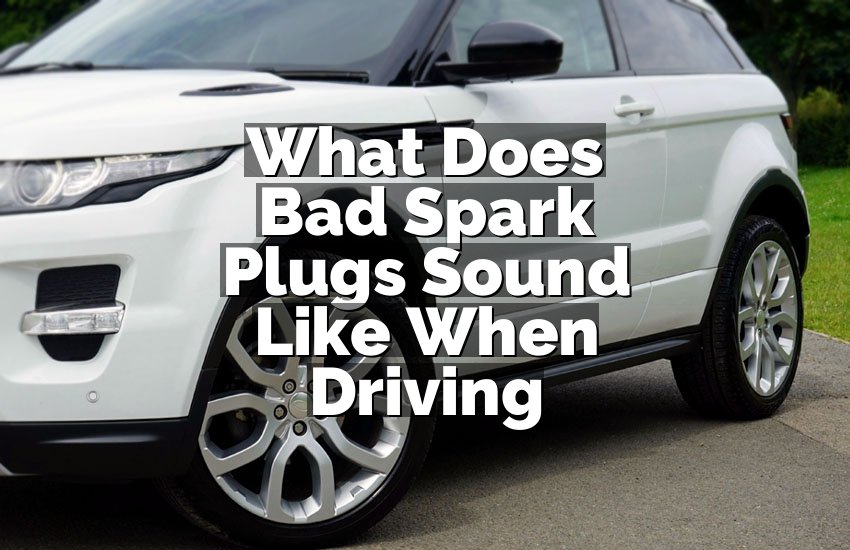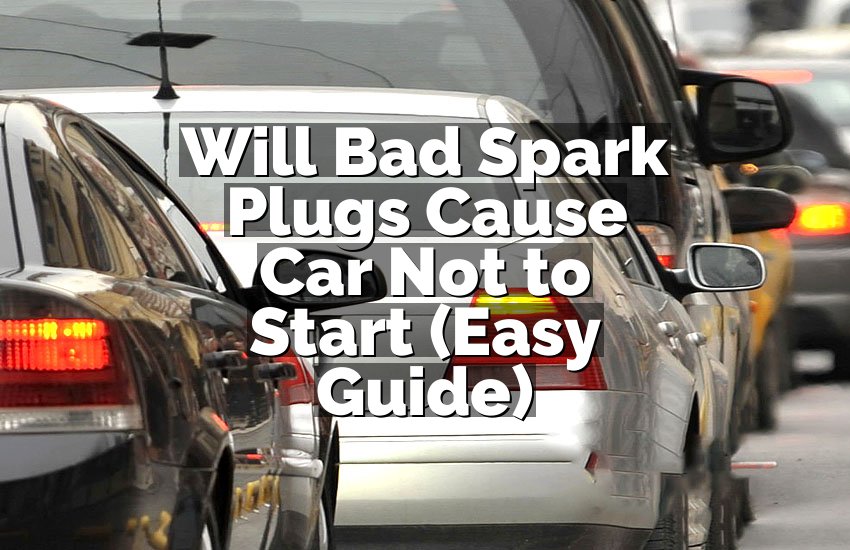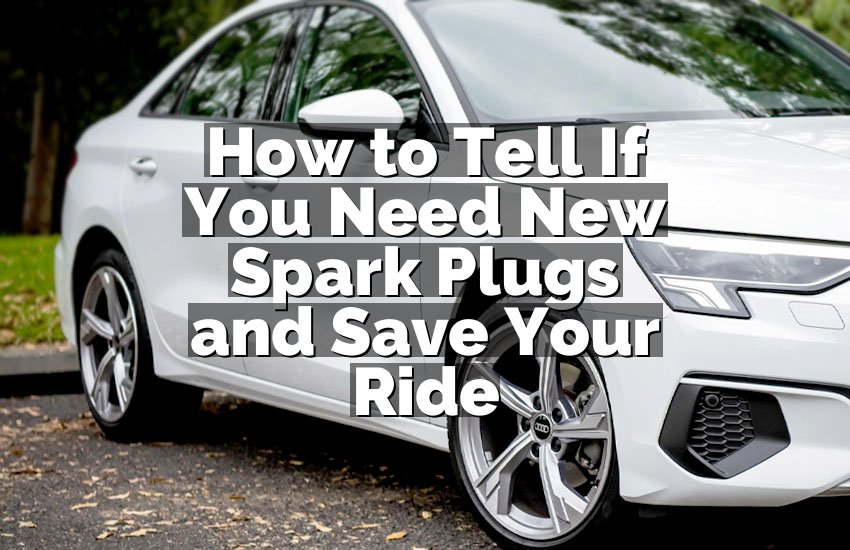If you’ve ever had your car battery die on you unexpectedly, you know how frustrating it can be. The good news is that you don’t have to panic. Jump-starting a car with jumper cables is a simple task that can get you back on the road in no time. Whether you’re in your own driveway or stranded in a parking lot, knowing how to properly use jumper cables is a valuable skill. In this article, we’ll walk you through the entire process, step by step.
What You Need to Jump-Start a Car
Before you start, it’s important to know exactly what you’ll need to successfully jump-start your car. You can’t just grab any random object and hope for the best. Proper preparation is key! Here’s a quick list of everything you’ll need:
- Jumper cables: These are special cables that connect the batteries of two cars. One end attaches to your dead battery, and the other end connects to a working car’s battery.
- Another car with a charged battery: You can’t jump-start your car without a car that has a fully charged battery.
- Protective gloves (optional): While not necessary, gloves can keep your hands clean and safe during the process.
- Safety glasses (optional): If you have them, it’s a good idea to wear them just in case.
Now that we have the tools, let’s break down exactly what you need to do to get your car started!
How to Set Up Jumper Cables Properly
The first step to jumping a car is setting up the jumper cables correctly. This part is crucial because you don’t want to accidentally cause any damage to your battery or even create sparks. Let’s go through each step carefully.
Step 1: Position the Cars
To begin, you need to park both cars close enough so the jumper cables can reach both batteries. The cars should be facing each other, but not too close. Leave enough space between them for you to comfortably move around.
- Ensure both cars are turned off before you do anything else.
- Put both vehicles in “Park” (or “Neutral” for manual transmissions).
- Apply the parking brakes on both cars for safety.
Once everything is in place, you’re ready to start connecting the jumper cables.
Step 2: Identify the Battery Terminals
Each car battery has two terminals: a positive (+) and a negative (-) terminal. You’ll need to know which is which. It’s easy to identify:
- Positive (+): This terminal is usually marked with a plus sign or the word “POS.”
- Negative (-): This terminal is usually marked with a minus sign or the word “NEG.”
Make sure you don’t confuse the two, because connecting them the wrong way could lead to problems.
Step 3: Attach the Jumper Cables
Now, we’re getting to the part where the magic happens! You’ll need to connect the jumper cables in a specific order to avoid sparks or other issues.
Red (positive) cable: Attach one end of the red (positive) jumper cable to the positive terminal of the dead battery (your car). Then, attach the other end of the red cable to the positive terminal of the charged battery (the other car).
Black (negative) cable: Next, attach one end of the black (negative) cable to the negative terminal of the charged battery. Now, this is where it gets important – instead of connecting the other end of the black cable to the negative terminal of the dead battery, you’ll want to attach it to an unpainted metal part of the car with the dead battery, like a bolt or engine block. This helps to avoid sparks near the battery.
Once everything is connected, you’re ready for the next step.
Starting Both Cars
With the jumper cables properly connected, it’s time to start the cars. The next part is pretty simple, but it’s important to do things in the right order.
Step 1: Start the Working Car
Begin by starting the car with the charged battery. Let it run for a few minutes to build up power. This will give your dead battery some charge and get it ready for the next step.
Step 2: Start the Dead Car
After the working car has been running for a few minutes, it’s time to try starting your car with the dead battery. If your car starts right away, you’re in luck! If not, don’t worry. Wait a few more minutes and try again.
If your car still doesn’t start, check the connections to make sure everything is secure, and give it another go.
Step 3: Let Both Cars Run
Once your car starts, let both vehicles run for at least 10 to 15 minutes. This will give your dead battery enough charge to keep the car running once you disconnect the jumper cables.
Disconnecting the Jumper Cables
After the car with the dead battery is running, it’s time to disconnect the jumper cables. Make sure to follow the correct order to avoid any electrical issues.
Step 1: Remove the Negative Cable from the Jumped Car
Start by removing the negative (black) cable from the metal part of the car that you attached it to, and then remove it from the negative terminal of the working car’s battery.
Step 2: Remove the Positive Cable from Both Cars
Next, remove the red (positive) cable, starting with the dead car’s positive terminal, followed by the working car’s positive terminal.
Step 3: Store the Jumper Cables
Once the jumper cables are disconnected, it’s important to store them properly. Coil them neatly and place them back in their storage bag or case to avoid tangling. This will ensure they are ready for next time.
What to Do After Jump-Starting Your Car
Once your car is up and running, there are a few important things to keep in mind.
Let the Car Run for a While
After you’ve disconnected the jumper cables, let your car run for at least 15-30 minutes. This helps recharge the battery, so it doesn’t die again right after you turn it off. The best thing is to drive around for a bit, as this will give the alternator a chance to recharge the battery fully.
Check the Battery
If your car’s battery died once, it may happen again. If you notice any issues with the battery, like dim lights or trouble starting, it might be time to replace it. You can check the battery’s health at an auto parts store or with a mechanic.
Get Help if Needed
If you’re unsure about how your battery is doing, don’t hesitate to take your car to a mechanic for a full inspection. A professional can help identify any issues and replace the battery if necessary.
I hope this article helped you feel more confident about jump-starting your car. It’s a handy skill to have, and with this guide, you should be able to handle it like a pro. Drive safe!
Frequently Asked Questions
Is it safe to jump-start a car on my own?
Yes, it is safe to jump-start a car as long as you follow the correct procedure. Just make sure to connect the cables properly and avoid any mistakes.
Can I jump-start a car without another car?
Unfortunately, no. You need another car with a working battery to jump-start your car. However, there are portable jump starters that can do the job on their own.
Do I need to wear gloves while jump-starting my car?
It’s not required, but wearing gloves can protect your hands from dirt and any potential sparks. It’s a good safety precaution!
Is it possible to damage my car when jump-starting?
If you follow the correct procedure, you won’t damage your car. Always ensure you connect the cables in the right order to avoid any issues.
Can I jump-start a car if the battery is cracked or leaking?
No. If your car’s battery is cracked or leaking, it is unsafe to jump-start it. In this case, the battery needs to be replaced immediately.
Do I need to leave the cars running for a certain amount of time after jump-starting?
Yes, it’s recommended to let both cars run for at least 10-15 minutes to ensure the dead battery gets enough charge.
Is it okay to use any jumper cables for jump-starting?
Not all jumper cables are created equal. Be sure to use jumper cables that are thick enough to handle the electrical load and that are in good condition.
Can I jump-start a car if it’s raining?
Yes, it’s possible to jump-start a car in the rain, but you need to be extra cautious. Ensure the jumper cables don’t get wet, and avoid standing in puddles.


